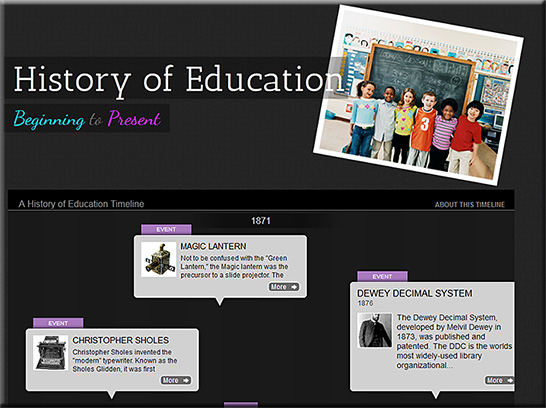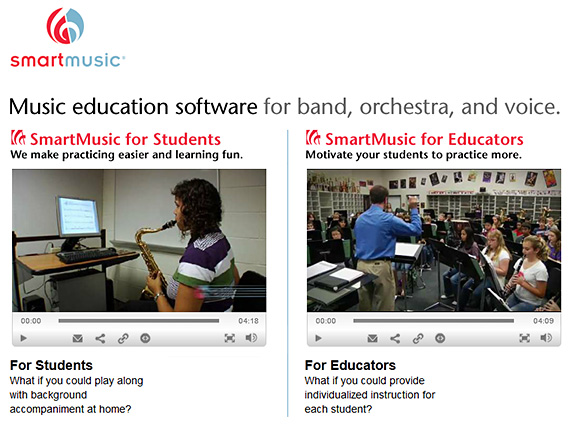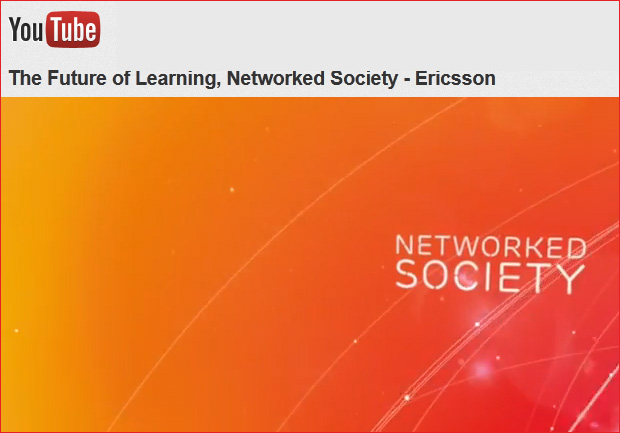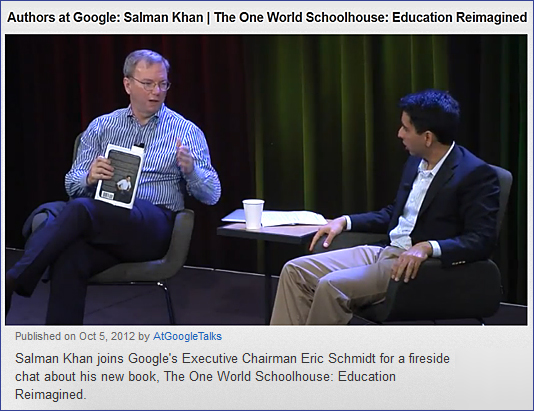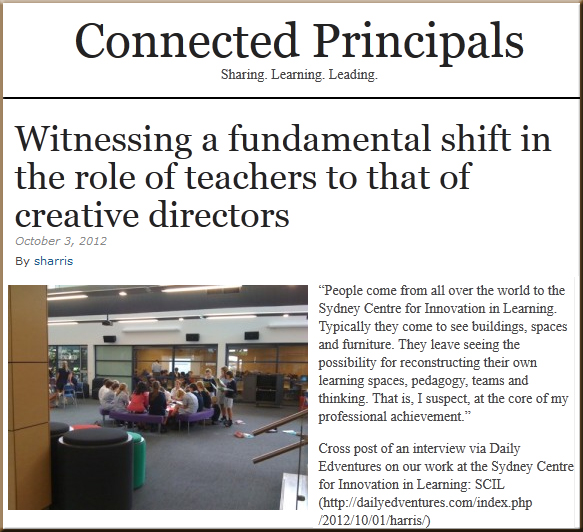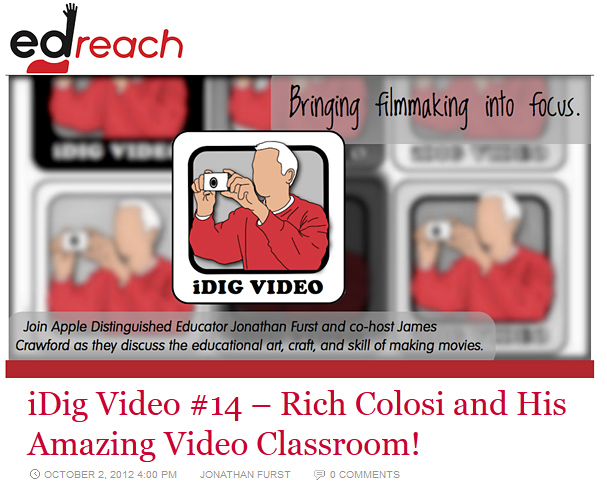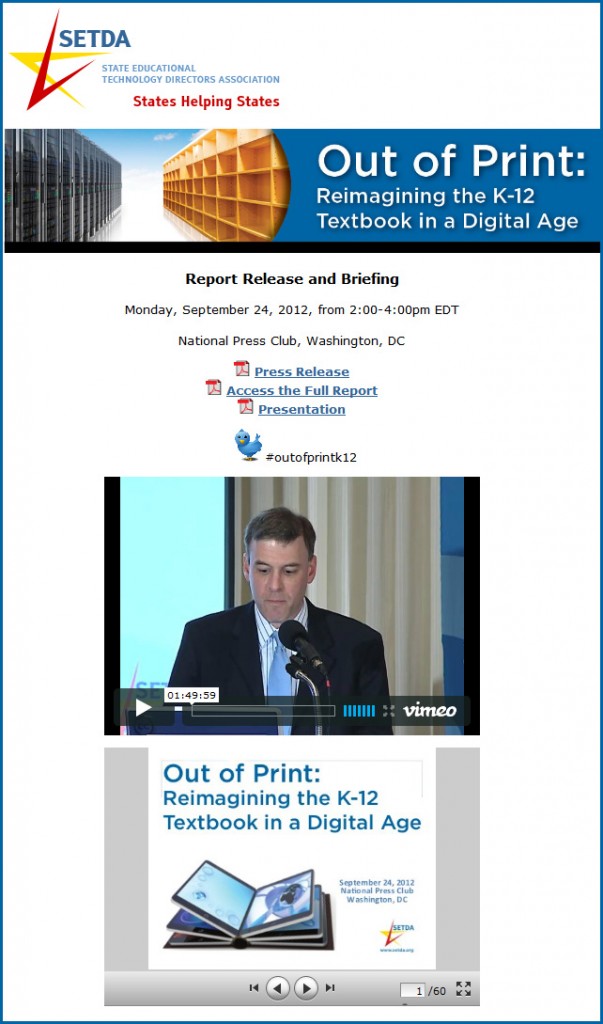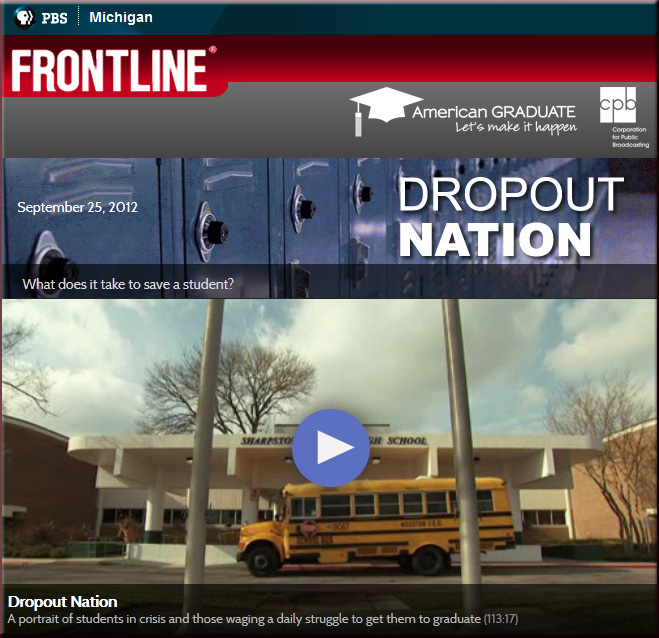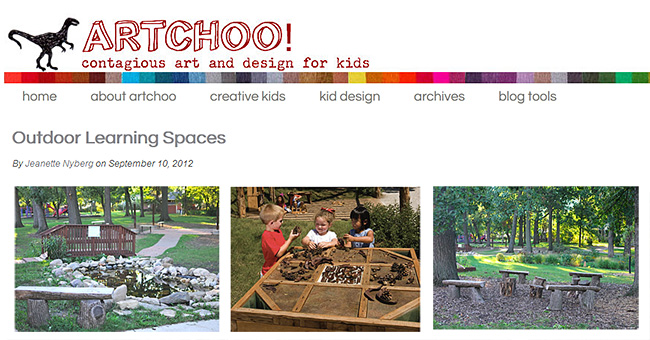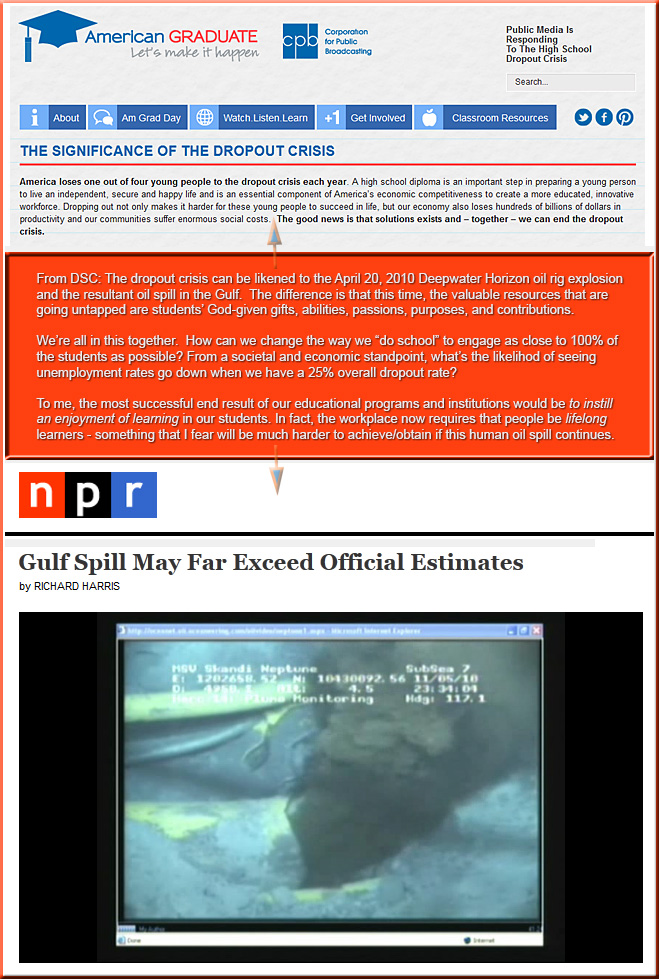Also see:
.
From DSC:
This reminds me of something I was hoping would come to fruition a while back — something I called Choir Practice:
.
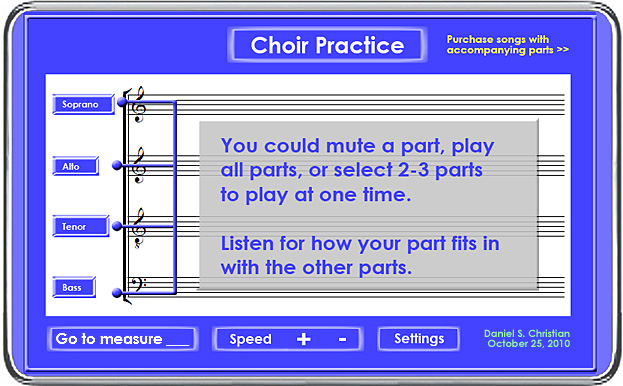
Also see:
- chromatik.com <– very sharp! So sharp I’m going to feature it in another posting.
From DSC:
I understand that Mr. George Lucas is going to express his generosity in donating the $4.05 billion from the sale of Lucasfilm to education.
Here’s a question/idea that I’d like to put forth to Mr. Lucas (or to the United States Department of Education, or to another interested/committed party):
Would you consider using the $4+ billion gift to build an “Online Learning Dream Team?”
.

.
Original image credit (before purchased/edited by DSC)
yobro10 / 123RF Stock Photo
From DSC:
What do you think? What other “players” — technologies, vendors, skillsets, etc. — should be on this team?
- Perhaps videography?
- Online tutoring?
- Student academic services?
- Animation?
- Digital photography?
Online school iQ Academy Minnesota expands to include grades K-5, begins accepting student applications — from sacbee.com by iQ Academy Minnesota
FERGUS FALLS, Minn., Nov. 2, 2012 — /PRNewswire/ — iQ Academy Minnesota, an online public school program, is adding grades K-5 to its offerings and is accepting applications for new students for a second semester start.
The expansion means the innovative learning experience that iQ Academy Minnesota provides is now open to students in kindergarten through 12th grade.
From DSC:
MN seems to be making some smarter moves for its viability and future — for both corporations settling there and for students moving there (or from there); glad to see they backed off the Coursera situation.
Can ICT redefine the way we learn in the Networked Society? Technology has enabled us to interact, innovate and share in whole new ways. This dynamic shift in mindset is creating profound change throughout our society. The Future of Learning looks at one part of that change, the potential to redefine how we learn and educate. Watch as we talk with world renowned experts and educators about its potential to shift away from traditional methods of learning based on memorization and repetition to more holistic approaches that focus on individual students’ needs and self expression.
Learn more at http://www.ericsson.com/networkedsociety
Addendum on 10/24/12:
- VIDEO: Seth Godin TedX Talk on Education:
STOP STEALING DREAMS: Seth Godin at TEDxYouth@BFS
Commenting/summarizing on that video, Molly Gerth [at Technapex.com]
[Godin] asserts that education should change in the following ways:
- We can now have homework during the day with a human teacher and online lectures at night.
- He also calls for open book and open note tests all the time as there is no longer value in memorization.
- Seth believes in access to any course, any time in the world, any time you want to take it.
- He calls for precise, focused education rather than a mass-produced education.
- No more multiple choice tests!
- We should offer cooperative tasks rather than isolation.
- Teachers should become coaches.
- Lifelong learning should be encouraged.
- The famous college should “die.”
Big Data in K-12: Attack of the Recommendation Engines – Part I –– from EdNetInsight.com by Nelson B. Heller, President, The HellerResults Group — Friday, October 12, 2012
Excerpt:
Big Data Meets Education
A wave of K-12 entrepreneurial initiatives sees the application of “big data” as the key to instructional technology’s Holy Grail—intelligent real-time differentiated instruction akin to working one-on-one with a brilliant personal instructor. Investors, aware of the powerful strides made in recommendation engines by Internet giants Google, Amazon, LinkedIn, Netflix, and Zynga, as well as for a host of military and commercial applications, see in big data education’s “next big thing.” In this and my next article, I’m going to explore what’s happening in this arena and in voice recognition technology, which, if you look under the hood, can be thought of as being driven by the same advances in data science and recommendation engines. These articles are based in part on my recent View From the Catbird Seat presentation at EdNET 2012. Read on to see what threats and opportunities this new frontier represents for your own organization.
The need for more experimentation, innovation within higher education.
By Daniel Christian for the CHFE12 MOOC
Last week, I attended the 18th Annual Sloan Consortium on Online Learning in Orlando, FL (USA). After hearing Sebastian Thrun’s excellent keynote address, I was very troubled by a couple of questions that kept arising in my mind (which I’ll get to in a minute). It turns out that Sebastian had heard Sal Kahn at a TED talk a while back, where he learned of the impact that Sal was having and the pedagogy Sal was using.
Now bear in mind that Sal was not in education. He was working in the financial services industry, putting together training-related items for his nephews/family members.
Then bear in mind that Sal Kahn has arguably had one of the most significant impacts on K-12 of any individual in recent decades – and even on institutions of higher education (in terms of professors investigating or starting to use the flipped/inverted classroom model).
Then bear in mind that Sebastian Thrun didn’t run his idea by anyone in Stanford’s administration! His email out to some folks started going viral, and within days the enrollment numbers were already in the thousands. (And at that point he got asked to drop by his Admin’s offices! 🙂 I wonder what would have happened if Sebastian would have first asked Stanford’s leadership for permission…? It may never have occurred.)
Sebastian’s and Peter Norvig’s AI course went onto graduate 23,000 people (with an initial enrollment around 160,000). Then, there’s the related Coursera organization/endeavor — again, a business that needed to be created outside of the traditional institutions of higher education.
So, recapping things:
- Sebastian didn’t run things by anyone in his administration
- He ended up needing to create his own company – outside of traditional higher ed (Udacity)
- He was significantly influenced by someone completely outside of education
- Coursera and Udacity operate outside the policies and procedures of traditional institutions of higher education
So, the following two questions arose in my mind last week:
- Why didn’t these innovations come from – or why weren’t they developed within – traditional institutions of K-12/higher education?
- Why did such influence have to occur – in great part – from outside of “the established systems”?
Any answer to these questions is troubling to me. But one plausible explanation involves leadership. Many of our leaders in higher education did not grow up with the Internet and with LANs, WANs, HTTP protocols, etc. They didn’t grow up using the tools that today’s youth are using.
As such, they don’t always appreciate the power and potential of technology. I don’t mean to point fingers and play a blame game here. That’s not the point. The point is, leaders are people with finite gifts and abilities. Like all of us, they have been shaped by their experiences and they, too, have their histories. They were moved into their positions of responsibility due to the needs of of the institutions at certain points in time. But the needs of those institutions have since changed.
The problem is, those in key leadership positions will either need to:
- Quickly come to appreciate the disruptive, powerful impact that technologies can have (i.e. be sold on them) and strategize accordingly
and/or - Find other positions (which most likely won’t be happening if normal self-preservation tendencies/principles of power continue to occur)
Blockbuster comes to mind as an organization that was once dominant, but disregarded the disruptive impact of technology and eventually had to declare bankruptcy. One can think of other examples from other industries as well (can’t we Kodak? Borders?).
Such reflections were reinforced when I read Selingo’s (2012) article from earlier today where he wrote, “It’s clear to me that the needed reforms for student financial-aid are unfortunately not going to come from higher education. Many financial-aid officials remain opposed to the model letter, as well as many other regulations.”
Like Selingo, I don’t see change coming from within the current system. I hope that I’m sorely mistaken here, but from the pulse checking I’ve been doing, the conversation seems to be continuing to move away from traditional institutions of higher education (example here and another example here). I hope that we can pick up the pace of experimentation within our organizations to find ways to lower the costs while still providing effective means of educating people.
—
Selingo, J. (2012, October 15). In a Broken Student Aid System, Colleges Are Part of the Problem. In The Quick and the Ed. Retrieved from http://www.quickanded.com/2012/10/in-a-broken-student-aid-system-colleges-are-part-of-the-problem.html
—
Addendum/also see:
Why reading by third grade is critical, and what can be done to help children meet that deadline — from Deseret News by Celia Baker
Excerpt:
Nationally, 85 percent of children from low-income families failed to reach proficiency levels by fourth grade on the 2011 National Assessment of Educational Progress. Improving reading proficiency is seen as imperative to keeping the U.S. competitive in the global marketplace, and third grade is where the battle is being fought hardest.
Latitude looking to kids for technology innovation — from technapex.com by Caity Doyle
Excerpt:
On their website, Latitude explains why they made the interesting choice to reach out to children for new ideas in technology:
Young people shouldn’t be merely passive recipients of media and technology, as they’re often thought to be — rather, they should be active participants in imagining and creating the future of the Web. Why? Because “digital natives” have a more intuitive relationship with new technologies than many adults have, and because they have different expectations about technology. They instinctively expect it to respond to them in very human-like ways — to motivate and empower them, often serving as a sort of companion, rather than merely a tool for solving specific problems.









